
Mini máy xúc 2 tấn nhỏ Digger EPA/CE NEW Bagger thủy lực máy xúc giá rẻ giá Crawler trang trại khách sạn sử dụng cho bán

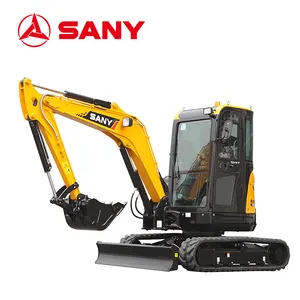
SANY Máy Xúc Máy Xúc Mini SY35U SY26U SY50U SY16C SY18C Máy Đào Bánh Xích Máy Xúc Mini Hoàn Toàn Mới Cho Trang Trại Rừng Trong Nhà


Miễn phí vận chuyển EPA máy xúc 2.2 tấn Crawler Digger trang trại sử dụng Mini Bagger 1 tấn 1.5t 2 t Mini Máy xúc máy để bán

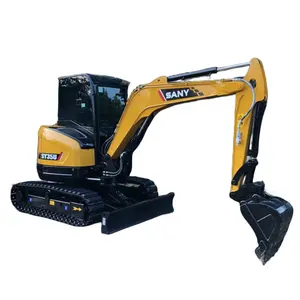
Mini Máy xúc Sany 35U theo dõi bánh xích 3.5 tấn Micro Digger máy kéo Trung Quốc giá rẻ máy xúc Sany sy35u để bán
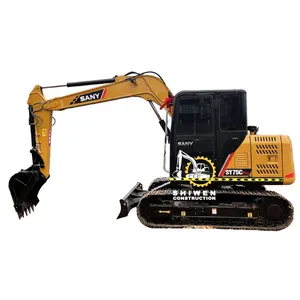
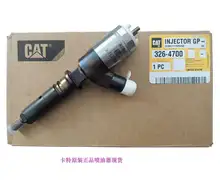
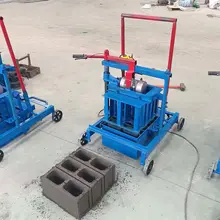



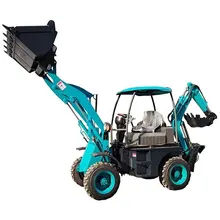



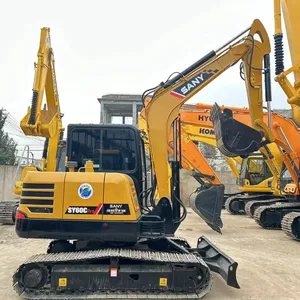












 浙公网安备 33010002000092号
浙公网安备 33010002000092号 浙B2-20120091-4
浙B2-20120091-4